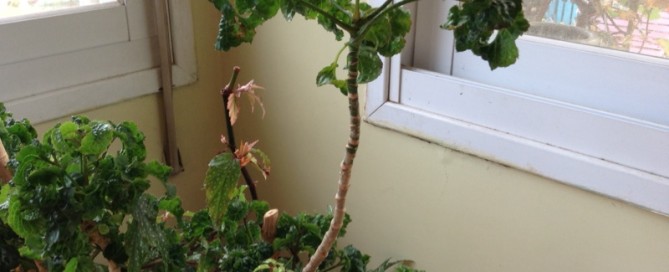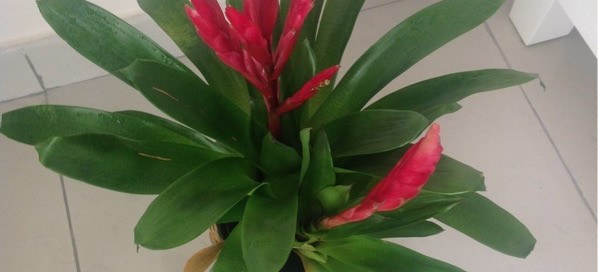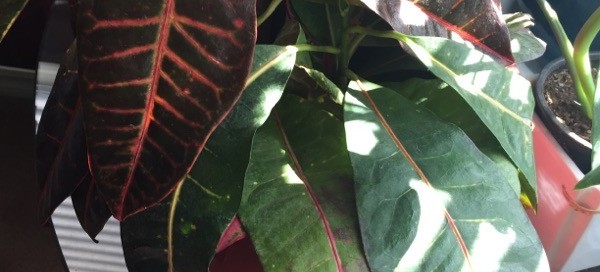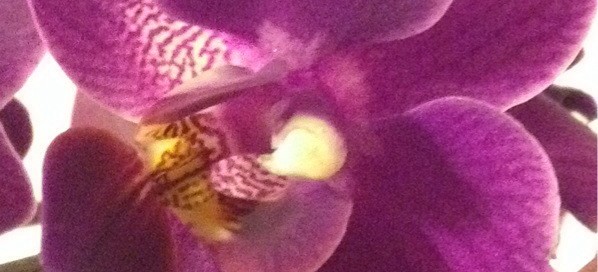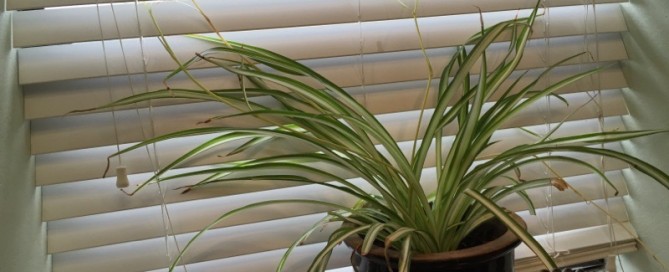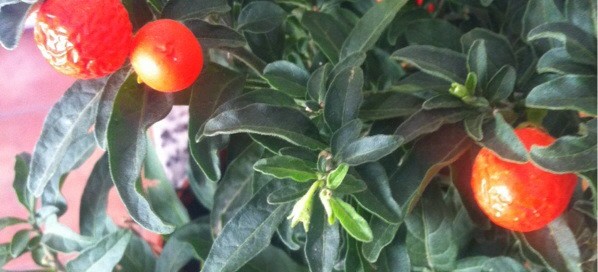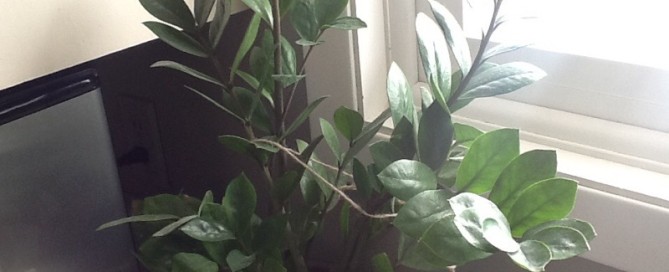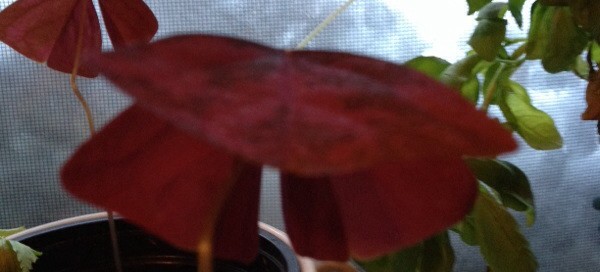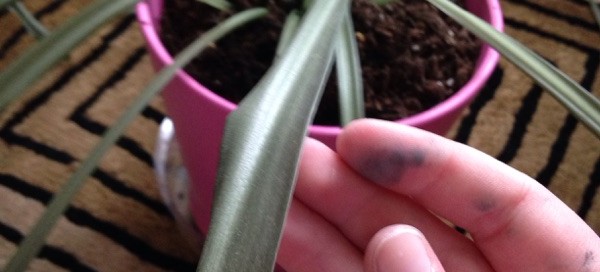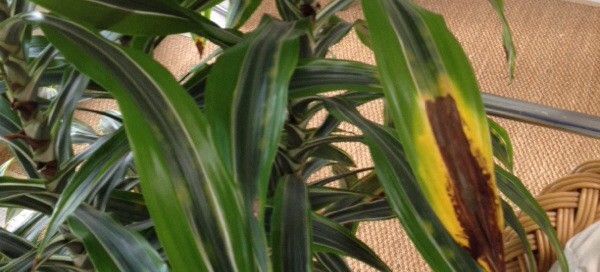Aralia
The plant resembles a Polyscias species, but we need to see a close-up photo of the foliage to be sure. If it is, we think it might be a P. quifoylei 'Quinquefolia', common name celery-leaf aralia. It is a columnar plant and a slow grower taking several years to reach 4-6 ft. Needs warmth and will often drop its leaves if temperatures dip below 70 degrees F. Also place near an east, south or west window where it will receive a half day of bright, indirect sunshine. Naturally lighted atriums, heated sunrooms, and greenhouses are also excellent locations. Water sparingly when the soil feels dry down to the first knuckle and do not allow the plant to sit in water as this may lead to root rot. Feed with a slow-release or organic fertilizer formulated for container plants.
